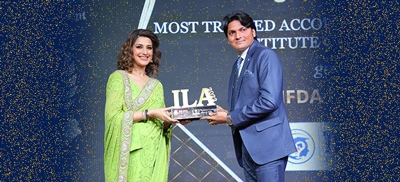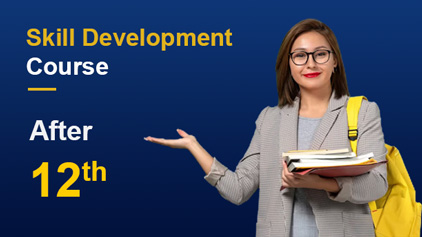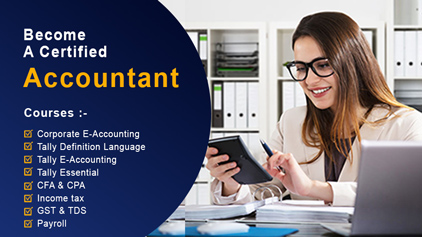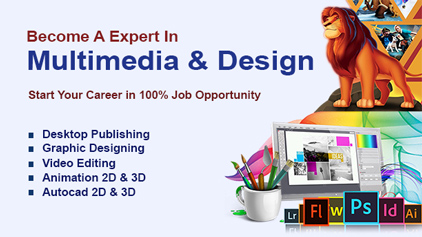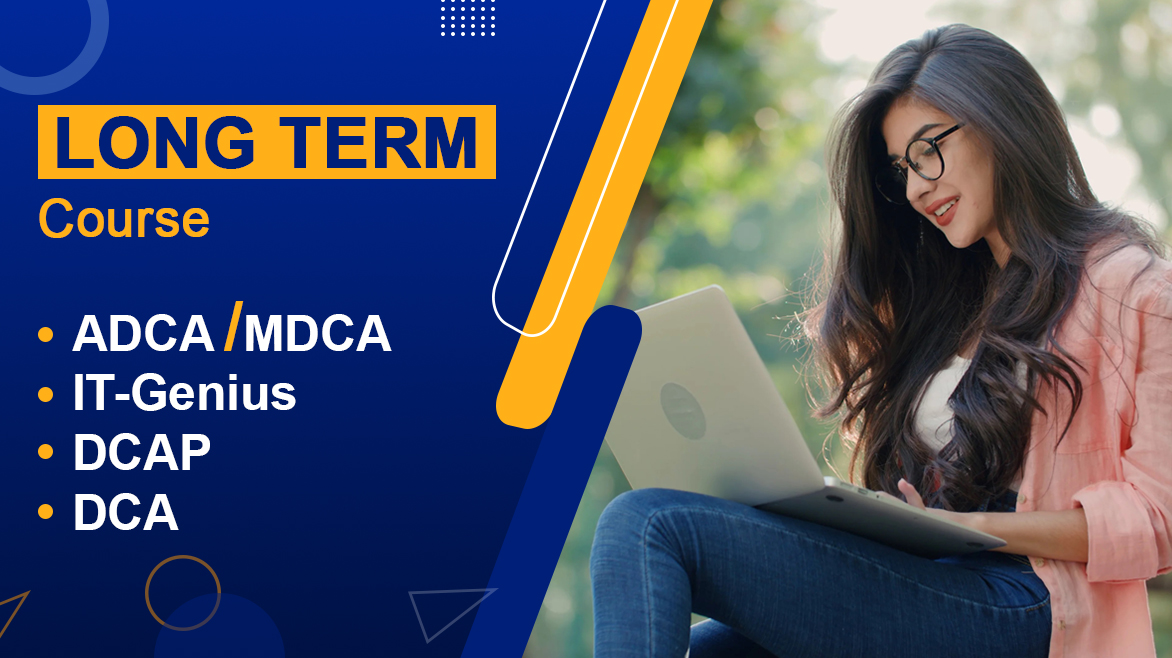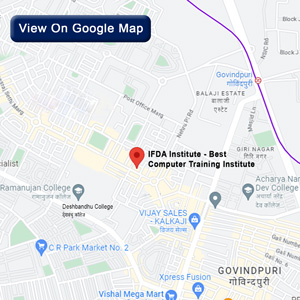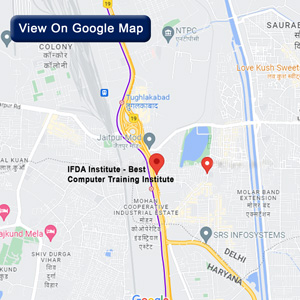UI UX Designer Interview Questions

As the demand for user interface (UI) and user experience (UX) designers continues to grow, so does the competition for these roles. Whether you're a seasoned designer or just starting out, preparing for a UI/UX designer interview can be daunting. To help you get ready, we've compiled a list of common interview questions and tips on how to answer them effectively.
1. "Tell Us About Your Design Process."
Why They Ask: This question is crucial because it reveals your approach to problem-solving and how you translate a concept into a functional design. Interviewers want to understand your methodology, from research and ideation to wireframing and prototyping.
How to Answer: Start by outlining your design process step by step. You might say
Research: "I begin with user research to understand the target audience and their needs."
Ideation: "Next, I brainstorm and sketch initial ideas, focusing on user flows and overall structure."
Wireframing: "I create wireframes to visualize the layout and key elements of the design."
Prototyping: "I develop interactive prototypes to test functionality and gather feedback."
Testing: "I conduct usability tests to identify any pain points and make iterative improvements."
Emphasize how you keep the user at the center of your process and adapt based on feedback.
1. "Tell Us About Your Design Process."
Why They Ask: Employers want to know that you prioritize the end-user in your design process. This question assesses your ability to create designs that are not only visually appealing but also functional and user-friendly.
How to Answer: Explain how you incorporate user feedback throughout the design process. You might say
"I start with user personas and empathy maps to ensure I understand the user's needs and goals."
"I involve users early by conducting interviews, surveys, and usability testing at various stages."
"I constantly iterate on my designs based on real user feedback, ensuring that the final product is both effective and intuitive."
Mention any tools or techniques you use to gather and analyze user data, such as A/B testing, heatmaps, or analytics.
3. Describe a challenging project and how you handled it.
Why They Ask: This question gauges your problem-solving skills, adaptability, and ability to work under pressure. It’s also an opportunity to demonstrate your resilience and how you overcome obstacles
How to Answer: : Choose a specific project where you faced significant challenges, such as tight deadlines, conflicting stakeholder opinions, or technical limitations. Structure your answer using the STAR method (situation, task, action, result).
Situation : Briefly describe the project and the challenge you faced.
Task : Explain your role and responsibilities.
Action : Detail the steps you took to address the challenge. Focus on your problem-solving approach and how you collaborated with others
Result : Highlight the positive outcome, such as meeting the deadline, improving usability, or achieving client satisfaction.
For example
"I worked on a project with a very tight deadline, where the client had high expectations for the design’s aesthetics and functionality. To meet the deadline, I prioritized key features and used rapid prototyping. I communicated regularly with stakeholders to manage expectations and make quick decisions. In the end, the project was delivered on time, and the client was extremely pleased with the results."
4. How Do You Stay Updated with UI/UX Trends?
Why They Ask: This question assesses your commitment to continuous learning and how you keep your skills relevant in a fast-evolving field.
How to Answer: : Mention specific sources you rely on to stay informed about industry trends.
You might say:
"I regularly read design blogs like Smashing Magazine, Nielsen Norman Group, and UX Design."
"I attend webinars, workshops, and conferences such as UX Design Summit and Adobe MAX."
"I follow industry leaders on platforms like LinkedIn and Twitter to stay connected with the latest trends and best practices."
"I participate in online communities like Dribbble and Behance to see what other designers are working on and share my own work for feedback."
Additionally, mention any personal projects or side work you do to experiment with new trends and techniques.
5. How Do You Approach Collaboration with Developers and Other Team Members?
Why They Ask: UI/UX design is a collaborative process, and interviewers want to know how well you work with others, particularly in a multidisciplinary team environment.
How to Answer: : Explain your communication strategy and how you ensure smooth collaboration. You could say:
"I believe in open and continuous communication with developers and other team members from the start of a project."
"I use tools like Slack and Jira to keep everyone on the same page and track progress."
"I create detailed design specifications and style guides to ensure developers have all the information they need to implement the design correctly."
"I also value feedback from developers and other team members, as their input is crucial for creating a technically feasible and user-friendly product."
Highlight any specific examples where collaboration led to a successful outcome.
6. Can You Walk Us Through a Portfolio Piece?
Why They Ask: This question allows you to showcase your work and explain your design thinking process. It’s also a way for interviewers to assess your ability to present and articulate your ideas.
How to Answer: : Choose a project that highlights your skills and is relevant to the role you’re applying for. Walk through the project by covering:
The Problem: What was the project brief or challenge?
Your Role: What were your responsibilities, and how did you contribute to the project?
The Process: : Describe the research, ideation, wireframing, prototyping, and testing phases.
The Outcome: : What was the final product, and how did it meet the user’s needs? Include any metrics or feedback to support the success of the project.
Use visuals from your portfolio to illustrate your points and make the presentation engaging.
7. How Do You Handle Criticism of Your Designs?
Why They Ask: This question tests your ability to accept feedback and make constructive changes to your work. It’s important for UI/UX designers to be open to critique and iterative design.
How to Answer: Demonstrate that you view criticism as an opportunity for growth. You might say:
"I welcome feedback as it helps me improve my designs and ensures the final product meets the user’s needs."
"When receiving criticism, I ask clarifying questions to fully understand the feedback and consider how it aligns with the project goals."
"I then use the feedback to iterate on my design, testing the changes to see if they enhance the user experience."
Provide an example of a time when you received critical feedback and how you successfully incorporated it into your design.
Conclusion
Preparing for a UI/UX designer interview involves more than just knowing how to use design tools. It requires a deep understanding of user-centered design, strong problem-solving skills, and the ability to communicate and collaborate effectively. By reviewing these common interview questions and formulating thoughtful, well-structured answers, you can confidently demonstrate your qualifications and stand out as a top candidate for the role. Remember, the key is to showcase not only your technical abilities but also your approach to design and how you can contribute to the success of the team and the organization.
- Written By - Natasha Singh

